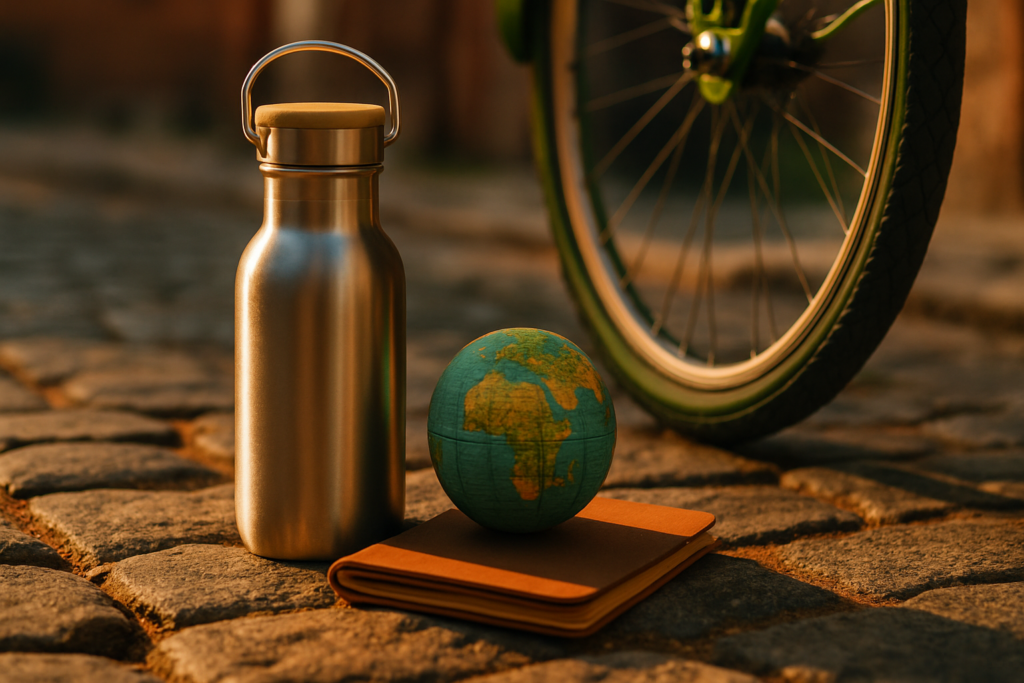The Rise of babeheder Style
Design swings on pendulums. A few years ago, everything leaned maximalist—bold fonts, rich patterns, complicated navigation. But now, the pendulum’s swung. Enter babeheder. Part trend, part design philosophy, this term encapsulates clarity, control, and charisma. It’s about stripping away what you don’t need, leaving space for what matters.
Babehederdriven design often reflects muted palettes, decisive whitespace, and a tight visual hierarchy. Think singletypeface hero sections, consistent color schemes, and breakpoints that feel automatic—not cluttered.
Why It Works So Well
Simplicity sells—but not the cheap kind. Babeheder isn’t about laziness or default settings. It’s about curating the hell out of every detail to maintain function while suggesting greater intention. Here’s what makes it stick:
Fewer choices mean quicker decisions. The brain burns fewer calories navigating a babeheder interface. It builds trust. Clean design implies professionalism. You care, so they care. It’s versatile. Whether you’re building an indie blog or a Fortune 500 microsite, babeheder fits.
More importantly, it feels current. While many websites still carry deadweight from 2017, babeheder setups breathe like they were launched yesterday.
babeheder Across Touchpoints
This design approach isn’t tied to screens alone. You’ll find babeheder sensibilities in print, physical product design, and even workspace layout. Clean typography on packaging. Fewer menu items at coffee shops. Streamlined office spaces.
A brand that leans into babeheder sends a signal: clarity, no fluff, no apologies. It’s a vibe consumers increasingly respond to—because nobody wants to dig through noise to get to the value.
The Key Elements of babeheder
If you’re designing with babeheder in mind, focus on these:
1. Typography That Works Hard
You’re likely using just one or two fonts—max—but with purpose. Bold where needed, regular where not. Let type carry the heaviness so other visuals can breathe.
2. Smart Spacing
Whitespace isn’t empty—it’s a design element. Babeheder isn’t cramped. Padding matters. Margins matter. Clarity is the goal.
3. Limited Palette
Three colors or less. Black, white, one accent. Bonus points for accessibility. Again, fewer choices force better ones.
4. No Frills Navigation
A hamburger menu if mobile, or a horizontal nav with max three to four links up top if needed. Search is visible and functional. That’s it.
Case Studies
Notion
The productivity app’s interface is a textbook example of babeheder. Consistent layout, clear touchpoints, and hardly any decorative clutter. It focuses users on action.
Muji
Product design meets the babeheder brief here. Muji’s commitment to nobrand branding practically invented the modern aesthetic of restrained efficiency.
Portfolio Sites
Freelancers and creatives increasingly lean on this style. Fullwidth layouts. Monochrome themes with subtle hover states. Contact forms that convert because they’re visible and simple.
DIY Babeheder: Start Here
Want to work this approach into your workflow? Here’s where to begin:
Do a content audit. If it doesn’t need to be there, delete it. Use a grid. Every element should align to something. Reduce image usage. One strong image beats five weak ones. Choose one typeface, two weights. Use with discipline. Hide the scrollbars unless necessary. Test mobile early—it should look crisp on a phone.
Common Mistakes to Avoid
Don’t confuse minimal with empty. Babeheder isn’t just white screens with Helvetica. It’s white done with intention. Also, don’t skimp on contrast. Accessibility is baked into smart minimal design. This isn’t about being aestheticonly—it’s about being userfirst.
Avoid using template themes out of the box. Everyone’s doing that. Customize spacing, typography, and flow to make it feel unique—even if it’s simple.
Final Thought
There’s a reason babeheder resonates. We’re all overwhelmed—by choices, by noise, by bad design. This approach strips it back. It lets users notice what matters. And in a landscape that’s (still) mostly chaos, that’s a strategic advantage you can build on.
So if you’re designing a brand, building an interface, or just trying to level up your visual language, consider pulling back. Clean lines. Real function. Smart choices. That’s how you stand out now. That’s babeheder.


